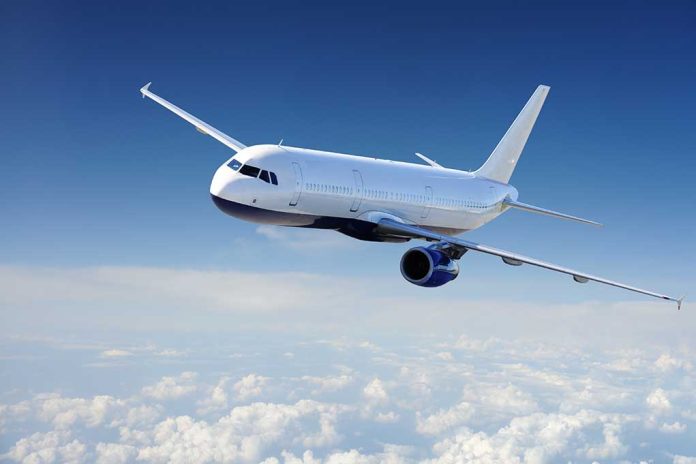
The harrowing Delta Connection Flight 4819 crash at Toronto Pearson Airport unfolded in newly released air traffic control audio, revealing intense moments as the incident unfolded on February 17.
Key Takeaways
- Delta Connection Flight 4819 crashed and flipped upside down upon landing at Toronto Pearson.
- The flight carrying 76 passengers and four crew members originated from Minneapolis.
- All passengers survived, but 18 were injured, with three in critical condition.
- Air traffic control audio captured the tense moments of the crash and emergency response.
- The Transportation Safety Board of Canada is conducting the investigation, aided by the NTSB.
The Harrowing Landing and Quick Response
On a regular Monday afternoon at Toronto Pearson International Airport, Delta Connection Flight 4819 faced an unforeseen crisis. While attempting to land on Runway 23 under challenging wind conditions, the flight originating from Minneapolis crashed, flipping upside down on the tarmac. Within seconds, the aircraft ignited, prompting a swift response from the airport’s emergency crews, who evacuated all 80 souls onboard, preventing what could have been a catastrophe.
Frightening moments from the crash were immediately captured in the air traffic control audio released later. The controller’s voice echoed over the communications system, describing the grave situation with phrases like, “The aircraft there’s upside down and burning,” highlighting the urgency faced by emergency services. Reports indicate that people were seen walking outside the burning aircraft, a testament to the trained and rapid actions of first responders.
Injuries and Initial Aftermath
Despite the dramatic crash, all passengers and crew were safely evacuated. However, the incident resulted in injuries to 18 people, including a small child in critical condition. Delta Air Lines confirmed that, thankfully, there were no fatalities, although the critical injuries required quick medical attention at Toronto’s hospitals. Statements followed from Delta Air Lines’ CEO Ed Bastian, expressing gratitude for the efforts of responders and providing assurance that support teams were already deployed.
“Initial reports were that there are no fatalities. Several customers with injuries were transported to area hospitals. Our primary focus is taking care of those impacted,” reads an X post by Delta News Hub.
Also commendable was the coordination between Canadian and U.S. investigative authorities, led by Canada’s Transportation Safety Board with support from the U.S. National Transportation Safety Board (NTSB). As the initial shock settled, inquiries into possible causes began, examining everything from wind conditions to mechanical failures.
Community and Corporate Response
The community’s relief was palpable, especially as reports of successful evacuations emerged in real-time. Toronto Mayor Olivia Chow expressed deep gratitude to the dedicated first responders and emergency teams. Delta Airlines continued to emphasize their commitment to supporting those directly impacted by deploying resources and specialists to the site.
Social media buzzed with passengers’ footage, painting vivid pictures of the chaos inside the cabin and the ensuing relief as they alighted the aircraft. This communications platform served as a critical means of ensuring transparency through direct accounts of what transpired. Nonetheless, trust is placed in the official investigative process to provide a comprehensive understanding of how the incident unfolded and to prevent future occurrences.





